Forest Pathogens: Identification and Treatment
- September 19, 2024
- 0 comment
Forest ecosystems are vital for maintaining biodiversity, sequestering carbon, and providing resources for humans. However, these ecosystems are under constant threat from various pathogens that can disrupt their delicate balance. Forest pathogens, including fungi, bacteria, viruses, and even parasitic plants, are silent yet potent agents of destruction, often leading to widespread tree mortality, reduced forest productivity, and diminished biodiversity.
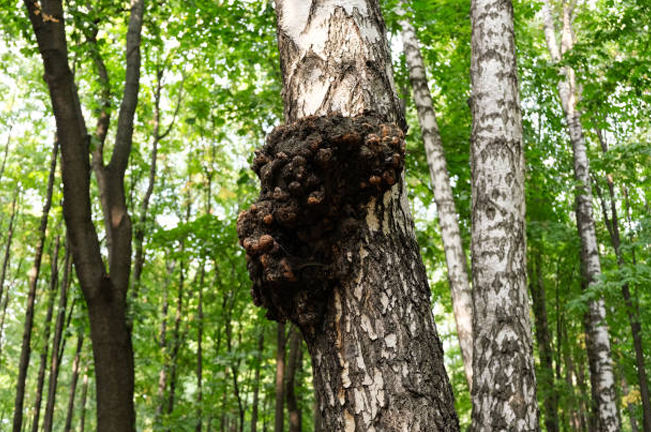
The identification and management of these pathogens are crucial for maintaining forest health. Timely interventions can prevent large-scale outbreaks and mitigate the long-term effects on both forest ecosystems and the economies that rely on them. In this discussion, we will explore the common types of forest pathogens, their transmission methods, how they can be identified, and the best practices for their treatment and management.
Table of Content
- Understanding Forest Pathogens
- How Pathogens Spread in Forests
- Identifying Forest Pathogens: Early Signs and Symptoms
- Common Forest Pathogens
- Treatment and Management of Forest Pathogens
- Challenges in Forest Pathogen Management
- The Role of Policy and Collaboration
- Future Trends in Forest Pathogen Management
- FAQs
Understanding Forest Pathogens

Fungal Pathogens

Bacterial Pathogens
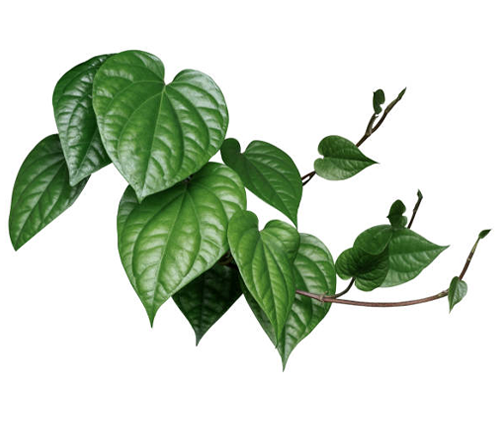
Parasitic Plants
Forest pathogens come in various forms, each with unique characteristics and impacts on trees.
- Fungal Pathogens: Fungi are among the most common pathogens in forests, often causing root rot, blights, and cankers. Some of the most notorious include root rots like Armillaria and Phytophthora, which weaken trees and make them more susceptible to environmental stress.
- Bacterial Pathogens: Though less common than fungal diseases, bacteria can also wreak havoc in forests. Bacterial wetwood and leaf spot diseases are examples, causing discoloration, wilting, and premature leaf drop.
- Viral Pathogens: Viruses in forests are less understood but no less destructive. Viruses such as mosaic viruses and stunting diseases can cause severe deformation in leaves and disrupt the normal growth of trees.
- Parasitic Plants: While not technically pathogens, parasitic plants like mistletoe extract nutrients from host trees, weakening them over time and making them vulnerable to other infections.
How Pathogens Spread in Forests
Pathogens have various modes of transmission:

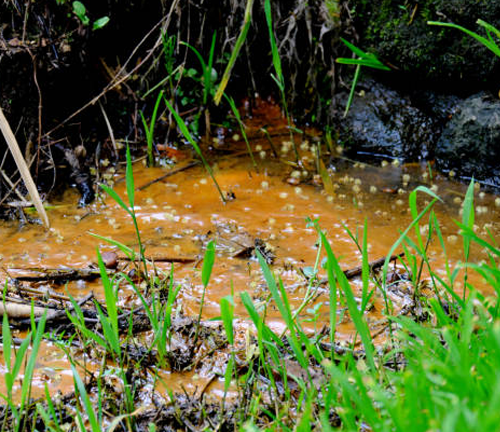
- Airborne Spread: Many fungal spores and bacterial pathogens travel through the air, infecting trees when environmental conditions are favorable.
- Soil and Water Transmission: Pathogens like root rot fungi thrive in moist soil and can spread through water movement or soil disturbance.
- Vectors: Insects and animals often carry pathogens from one tree to another, accelerating the spread of diseases.
Environmental conditions such as humidity, temperature, and soil health also play a significant role in pathogen outbreaks. When these factors align, pathogens can spread rapidly, resulting in forest-wide epidemics.
Identifying Forest Pathogens: Early Signs and Symptoms
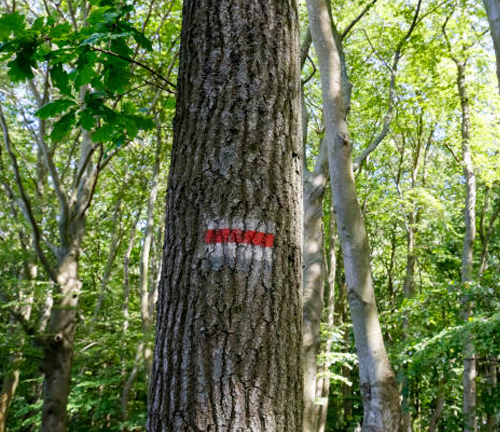
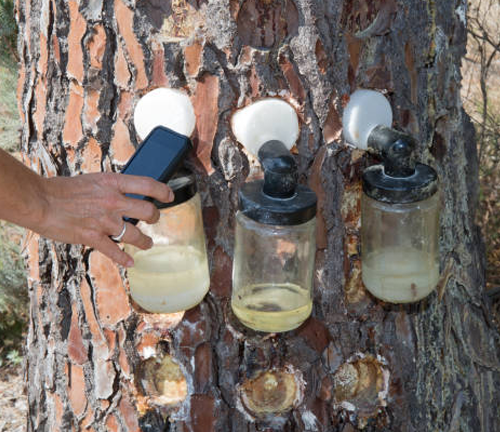
Early identification of forest pathogens is critical for effective management. There are several signs and symptoms to look out for.
- Visible Signs of Infection: Infected trees often show clear signs of distress, such as leaf discoloration, wilting, and necrosis. Cankers, resin bleeding, and physical deformities on branches or trunks are also common indicators.
- Subtle Symptoms: In some cases, the symptoms may be less obvious. Stunted growth, reduced vigor, and changes in leaf size or shape are signs of a pathogen at work, though they may take time to become apparent.
- Advanced Diagnostic Tools: For precise identification, lab tests are often necessary. These tests can involve culturing the pathogen or using molecular techniques such as DNA analysis. In recent years, remote sensing technology and drones have been used to detect early-stage pathogen outbreaks over large areas.
Common Forest Pathogens
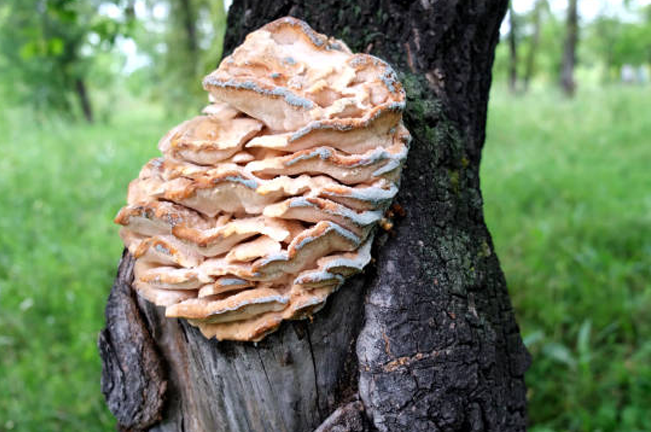
- Fungal Pathogen: Armillaria Root Rot
Armillaria root rot is caused by a fungus that attacks the roots of trees, causing them to weaken and eventually die. Symptoms include yellowing leaves, stunted growth, and decayed wood. Management involves removing infected trees and improving soil drainage to reduce the spread of the fungus. - Bacterial Pathogen: Fire Blight
Fire blight is a bacterial disease that affects many tree species, causing branches to blacken and die, as if scorched by fire. Early identification is critical, as pruning infected branches can help contain the spread. Copper-based bactericides are often used as a treatment. - Viral Pathogen: Chestnut Blight Virus
The Chestnut Blight Virus decimated American chestnut populations in the early 20th century. It causes cankers that girdle branches and trunks, eventually killing the tree. Breeding programs for blight-resistant chestnuts are a key part of ongoing management efforts.
Treatment and Management of Forest Pathogens
Managing forest pathogens requires a multi-faceted approach, combining prevention, biological control, chemical treatments, and mechanical control.
- Prevention Strategies: Good forest management practices, such as maintaining proper tree spacing and sanitation, can prevent the spread of pathogens. Selecting tree species that are genetically resistant to certain pathogens is another preventive measure.
- Biological Control Methods: The use of beneficial organisms such as fungi, bacteria, or insects to manage pathogen populations is becoming more common. These natural predators help to control pathogens without the need for chemicals.
- Chemical Control Measures: Fungicides and bactericides can be effective but must be used judiciously to avoid harming the ecosystem. Their application should be tailored to specific pathogens and environmental conditions.
- Cultural Practices and Mechanical Control: Pruning infected branches, removing diseased trees, and clearing fallen debris are essential to forest sanitation. These mechanical methods help reduce the sources of infection and improve overall forest health.
Challenges in Forest Pathogen Management
Managing forest pathogens is not without its challenges.
- Environmental Impacts of Treatment: Chemical treatments, while effective, can have unintended consequences on non-target organisms, including beneficial insects, wildlife, and soil organisms. Striking a balance between pathogen control and ecosystem health is crucial.
- Climate Change and Pathogen Proliferation: As global temperatures rise, pathogens are thriving in areas that were once too cold for them to survive. This has led to the emergence of new disease threats in many forests. Adapting management strategies to these changing conditions is essential.
The Role of Policy and Collaboration
Effective management of forest pathogens requires cooperation at multiple levels.
- Government Regulations and International Protocols: Governments and international bodies have established quarantine zones and pest control measures to curb the spread of forest pathogens. However, enforcement of these regulations is often challenging.
- Research and Public Awareness: Ongoing research into pathogen resistance and improved management techniques is vital. Public education campaigns can also raise awareness about forest health, encouraging communities to participate in pathogen monitoring and prevention.
Future Trends in Forest Pathogen Management
The future of forest pathogen management lies in innovation and integration.
- Technological Innovations: Advances in artificial intelligence, big data, and remote sensing are providing new tools for predicting and managing pathogen outbreaks. Genetic engineering is also opening up possibilities for developing pathogen-resistant tree species.
- Integrated Pest and Pathogen Management: A holistic approach, combining biological, chemical, and cultural methods, offers the best chance of maintaining healthy forests. Sustainable forest practices, such as reducing monoculture and promoting biodiversity, will reduce forests’ vulnerability to pathogens.
Frequently Asked Questions (FAQs)
- What are forest pathogens?
Forest pathogens are disease-causing organisms such as fungi, bacteria, viruses, and nematodes that infect trees and other forest plants. - What are the common signs of a pathogen infection in trees?
Signs include discolored leaves, abnormal growths, wilting, cankers, decayed wood, and premature leaf drop. - How do forest pathogens spread?
Pathogens can spread through spores carried by wind, water, insects, animals, or human activities like logging and transporting infected wood. - What are the most common types of forest pathogens?
Common pathogens include fungi like root rot and rust, bacterial diseases like fire blight, and viruses that cause mosaic diseases. - What is the difference between a forest pest and a forest pathogen?
A forest pest is an insect or animal that damages trees, while a forest pathogen is a microorganism that causes disease in trees. - How can I identify forest pathogens in trees?
Visual symptoms like leaf spots, fungal growths, and lesions are common indicators. Laboratory testing may be required for precise identification. - What is root rot, and how can it affect forests?
Root rot is a fungal disease that affects tree roots, leading to weakened tree structure and increased vulnerability to windthrow and death. - How can forest managers prevent the spread of pathogens?
Prevention methods include sanitation practices (removing infected trees), controlling human activity, using resistant tree species, and applying fungicides or bactericides. - What is Dutch elm disease, and how does it affect trees?
Dutch elm disease is a fungal infection that affects elm trees, causing wilting and eventual death. It spreads through beetles and root grafts between trees. - Can forest pathogens affect the biodiversity of an ecosystem?
Yes, severe infections can lead to tree mortality, reducing biodiversity, altering habitat structures, and impacting the forest ecosystem. - What treatments are available for forest pathogens?
Treatments include chemical applications (fungicides or bactericides), pruning infected branches, and improving soil health to strengthen tree resilience. - What role do forest pathogens play in forest ecology?
While often destructive, pathogens are part of natural forest dynamics, contributing to the death of weakened trees and promoting biodiversity through natural cycles. - How can climate change affect the spread of forest pathogens?
Warmer temperatures and altered precipitation patterns can create favorable conditions for pathogens, allowing them to thrive in previously unaffected areas. - What are some examples of invasive forest pathogens?
Examples include Phytophthora ramorum, responsible for sudden oak death, and the chestnut blight fungus that devastated American chestnut populations. - Are there biological controls for forest pathogens?
Yes, biological control methods include introducing natural predators or pathogens that specifically target harmful organisms without damaging the forest ecosystem. - What are cankers, and how do they affect trees?
Cankers are lesions caused by fungal or bacterial infections that can girdle tree trunks or branches, interrupting nutrient flow and causing death in severe cases. - How can forest pathogens be managed in commercial forests?
Management strategies include monitoring for early detection, using disease-resistant tree varieties, practicing sanitation by removing infected material, and applying targeted chemical treatments. - What should I do if I suspect a tree is infected by a forest pathogen?
Contact a forest health expert or arborist to confirm the diagnosis and discuss appropriate treatment or management options.

Gilbert Griffin
Forestry AuthorGilbert Griffin is a forest management expert specializing in sustainable practices, forest health, conservation, and land management. With extensive knowledge in pest control, disease management, and habitat restoration, Gilbert develops strategies to preserve forest ecosystems and biodiversity. Passionate about the natural world, Gilbert adapts to changes in forest management and stays updated through continuous learning. Gilbert also provides seasonal advice to optimize forest care throughout the year.



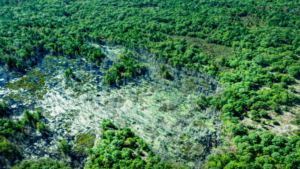
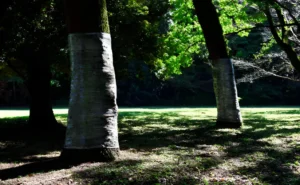
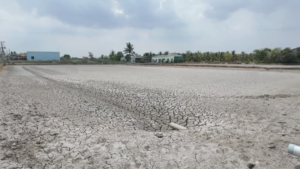
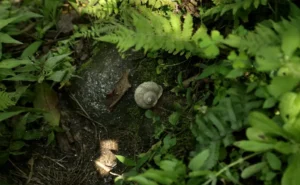
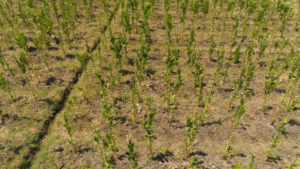
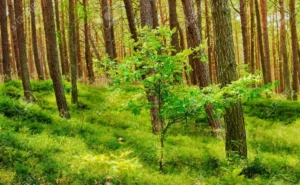


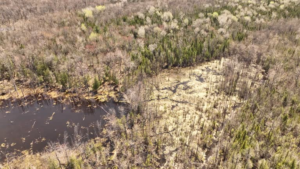
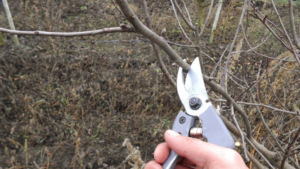
Leave your comment